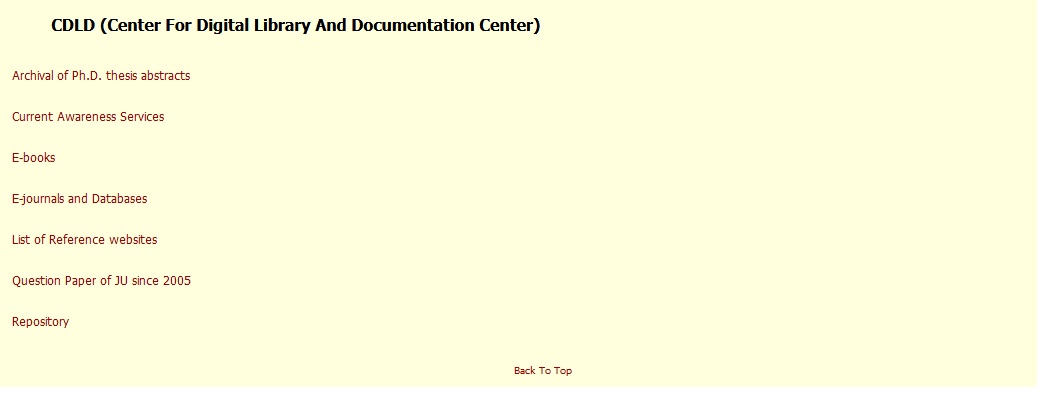Iron Making B.E Model Question Paper : jaduniv.edu.in
Name of the University : Jadavpur University
Department : Metallurgical Engineering
Degree : B.E
Subject Name : Iron Making
Sem : I
Website : jaduniv.edu.in
Document Type : Model Question Paper
Download Model/Sample Question Paper : https://www.pdfquestion.in/uploads/dspace.jdvu.ac.in/5464-IRON%20MAKING_Seme1_Part1_2006.pdf
Jadavpur Iron Making Model Question Paper
B. Met. Engg. Part I Examination, 2006 :
( 1st Semester )
Time : Three hours
Related : Jadavpur University Geology & Mineral Beneficiation B.E Question Paper : www.pdfquestion.in/5463.html
Full Marks : 100
Answer questions No. 1 and any four from the rest :
1. In a steel plant, one million ton of liquid steel has been produced in a year from electric arc furnace (EAF). The charge mix in EAF is 50% hot metal and 50% DRI.
The metalic yield in EAF for this charge mix is 90%. The steel plant also consists of two blast furnaces (BF), one sinter plant (SP), one coke oven plant, and a number of coal based DRI plants (each of 500 tones per day of production capacity)
Calculate the folio wings : 20
i) Size of each BF
ii) Size of sinter plant (machine grate area)
iii) Requirement of dry coking coal per year
iv) Pig Iron production per year
v) Excess DRI production per year (both lumps and fines)
Assumptios given
i) Operating days per year for DRI plant, BF, sinter Plant, EAF are 300, 350, 330 and 320 respectively.
ii) Specific consumptions of charge sinter and skip coke in BF are 1300 kg/ton and 500 kg/ton respectively.
iii) Productivity of BF is 2 ton/cum/day and that of sinter plant is 1.25 ton/sqm/hr.
iv) Yield of pig casting machine is 95%
v) Out of total DRI production, lump fraction is 75% and only lump DRI is charged in EAF

vi) Charge sinter : Product sinter = 90%
vii) Ratio of skipcoke : BF coke = 95%, BF coke : Gross coke = 85% and Gross coke : Dry coking coal = 76%
2. a) What is known as “Blast Furnace Productivity” ? Explain some methods of increasing coke throughput. 2+8
b) Explain some factors affecting reducibility of iron ore in blast furnace iron making. 10
3. a) Why agglomeration of iron ore is useful in blast furnace iron making ? 2
b) What happens in the reducibility degree of oxidation and strength of iron ore sinter, when ratio has been changed from ‘O’ to ‘2.8’ and explain the reasons. 9
c) Write two advantages of fluxed sinter. Write two advantages and disadvantages of using pellets in iron making. 6
d) What is green pellet and why induration of it is necessary ? 3
4. a) What is DRI ? Why it is also called as sponge iron ?
b) Discuss about main fuels and reductants of DRI production. 3
c) Why production of H B I is important in the global scenario ? 3
d) Why rotary hearth furnace based DRI production is getting importance now a days ? 2
e) Describe rotary kiln based sponge iron process. 10
5. Write short notes on the followings (any four) 4×5
i) Boudouard Reaction.
ii) Blast Furnace temperature profile.
iii) Swelling of pellets.
iv) Slip and Flooding.
v) Scaffolding.
vi) Corex process.
6. a) Answer to the following questions : 6×2
i) What is degree of metallisation for sponge iron ?
ii) Name two gas based DRI production process.
iii) State two advantages of DRI over steel scrap.
iv) State two uses of coke in the blast furnace.
v) Name two tests for reducibility of iron ore.
vi) Name two factors which have influence on gaseous diffusivity in iron oxide reduction.
b) State ‘‘True’ or ‘False’ 8
i) Feeding of DRI in blast furnace increases coke consumption.
ii) Higher slag volume helps in desuphurisation inside the blast furnace.
iii) Use of higher blast temperature results in a decrease in coke rate.
iv) The reduction rate of iron ore always increases with increase in linear velocity of the reducing gas.
v) Channeling is a type of blast furnace irregularity.
vi) The approximate net calorific value of export gas of corex process is 8000/kJ/m3.
vii) High pressure of hot blast through the tuyeres is necessary to push the reducing gases through the solid burden.
viii) Iron making is basically an oxidation process.